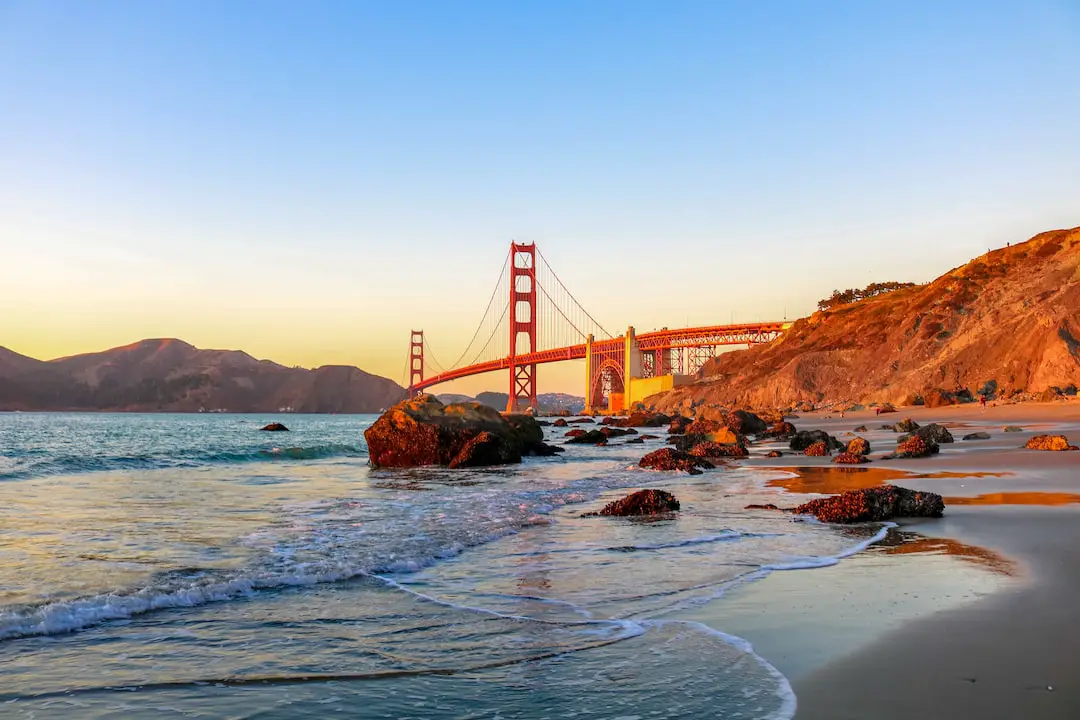
San Francisco’s skyline tells a story, one that’s as diverse and dynamic as the city itself. From the iconic Golden Gate Bridge to the modern Salesforce Tower, the architectural landscape of this urban gem has evolved dramatically over the years. It’s a tale of resilience, innovation, and style that mirrors the spirit of its inhabitants.
The Beginnings: Victorian and Edwardian Influences
Let’s take a stroll down memory lane, back to the late 1800s. San Francisco was blossoming, and with it, a housing boom brought about the birth of the Victorian and Edwardian homes that are now synonymous with the city’s charm. These colorful, ornate structures, known as “Painted Ladies,” still stand proudly in neighborhoods like Alamo Square, showcasing intricate woodwork and a penchant for detail that set the tone for the city’s early architectural identity.
Rebuilding and Resilience: The 1906 Earthquake
Disaster struck in 1906, a massive earthquake followed by raging fires devastated much of San Francisco. But, like a Phoenix rising from the ashes, the city rebuilt itself with gusto. The reconstruction era saw the introduction of Beaux-Arts and neoclassical styles, as seen in the grand City Hall and the War Memorial Opera House. These buildings reflected a newfound strength and a commitment to creating a city that could withstand the test of time.
Art Deco and the Golden Gate: A New Era
Fast forward to the 1930s, and you’ll find the city embracing Art Deco, a style that captured the exuberance of the era. The Golden Gate Bridge, an engineering marvel and perhaps the most famous example of San Francisco’s architecture, was completed in 1937. Its bold, Orange Hue and majestic towers became a symbol of human ingenuity and an emblem of the city’s forward-thinking attitude.
Mid-Century Modernism: The Post-War Boom
After World War Ii, San Francisco, like much of the country, experienced a surge in modernist architecture. Sleek, clean lines and a focus on function defined this period. Buildings like the Crown Zellerbach Building broke away from past traditions, offering a glimpse into a more minimalist and modern approach to design that prioritized efficiency and simplicity.
Postmodern Pizzazz: The Late 20th Century
As the 20th century waned, postmodernism made its mark on the city’s skyline. Architects began to play with form and function, blending historical elements with contemporary design. The Transamerica Pyramid, completed in 1972, is a prime example. Its unique shape and nod to the past made it a standout addition to the cityscape and a topic of conversation for both locals and visitors alike.
21st Century Skyline: Sustainability and Innovation
Today, San Francisco’s architecture is a melting pot of styles, but the focus has shifted towards sustainability and technological innovation. The Salesforce Tower, the city’s tallest building, exemplifies this with its eco-friendly systems and futuristic design. It’s a beacon of the city’s commitment to embracing green practices while continuing to push the envelope in architectural design.
FAQs
- What architectural style is San Francisco known for?
San Francisco is renowned for its Victorian and Edwardian homes, particularly the “Painted Ladies,” but it also features a mix of Beaux-Arts, Art Deco, Modernist, and Postmodernist structures.
- How did the 1906 earthquake affect San Francisco’s architecture?
The earthquake and subsequent fires led to a massive rebuilding effort that introduced new architectural styles like Beaux-Arts and neoclassical, which emphasized strength and resilience.
- Are there any eco-friendly buildings in San Francisco?
Yes, San Francisco is home to several eco-friendly buildings, with the Salesforce Tower being a notable example of sustainable design in modern architecture.
Conclusion
In conclusion, San Francisco’s architecture is a testament to the city’s enduring spirit. From the ornate Victorian homes of the 19th century to the sleek lines of modern skyscrapers, each era has contributed to a diverse and captivating skyline. The city’s ability to rebuild and reinvent itself, particularly after the 1906 earthquake, showcases a resilience that’s embedded in its foundations. As we look towards the future, San Francisco continues to embrace innovation and sustainability, ensuring that its architectural story will continue to evolve for generations to come.
For those enchanted by the eclectic beauty of San Francisco’s architecture, it’s clear that the city’s past is just as important as its present. As we wander through its streets, we’re not just observers but participants in a living, breathing history lesson etched in stone, wood, and glass. And who knows? Maybe one day, we’ll be part of its future chapters, too.